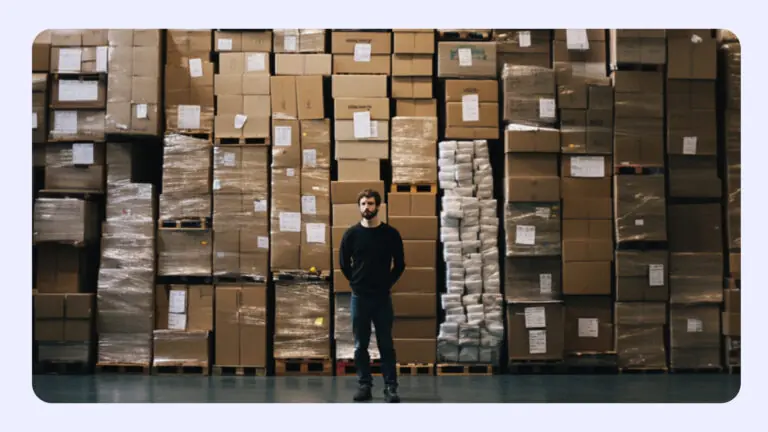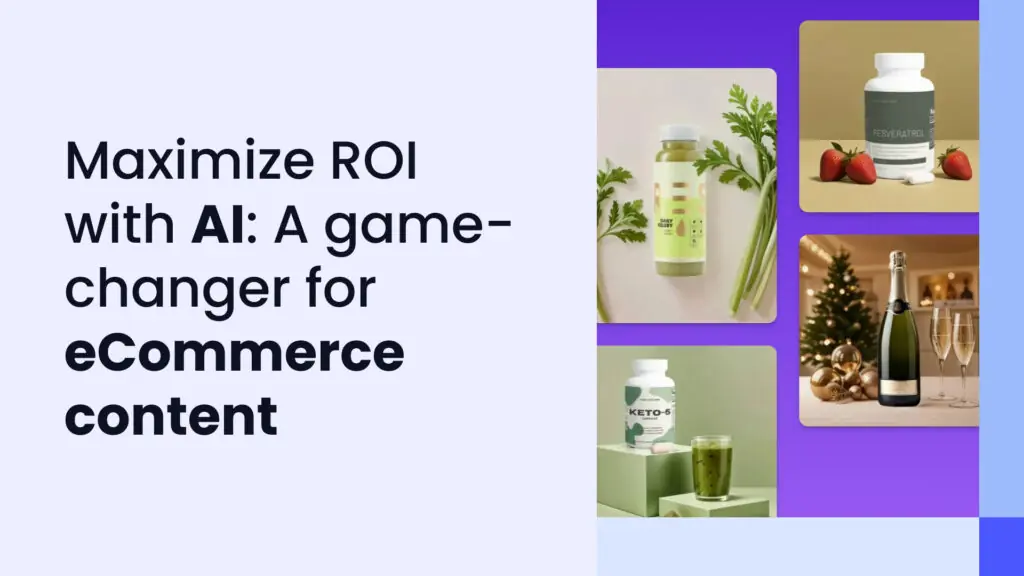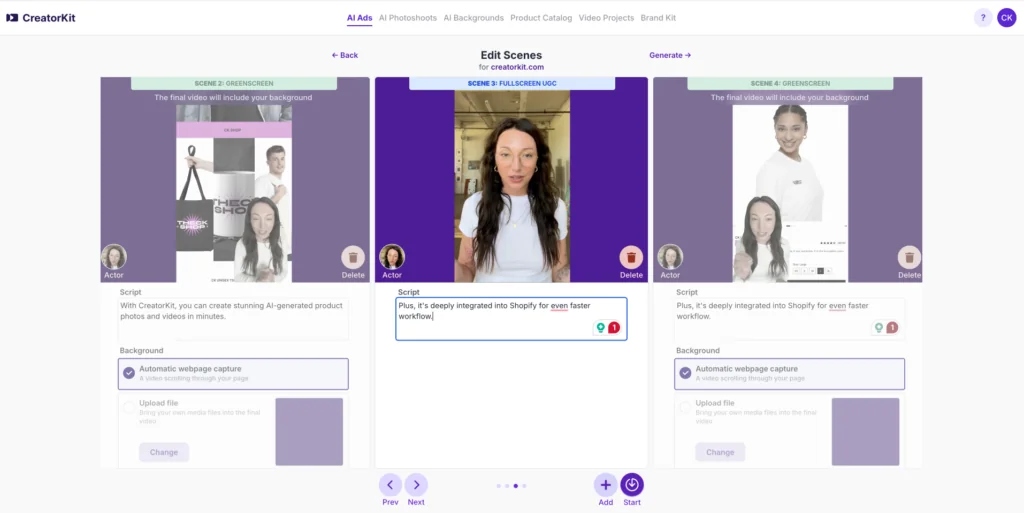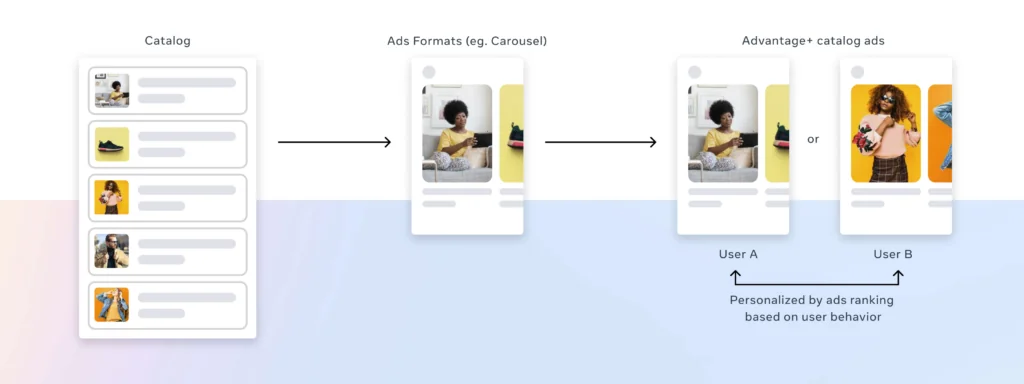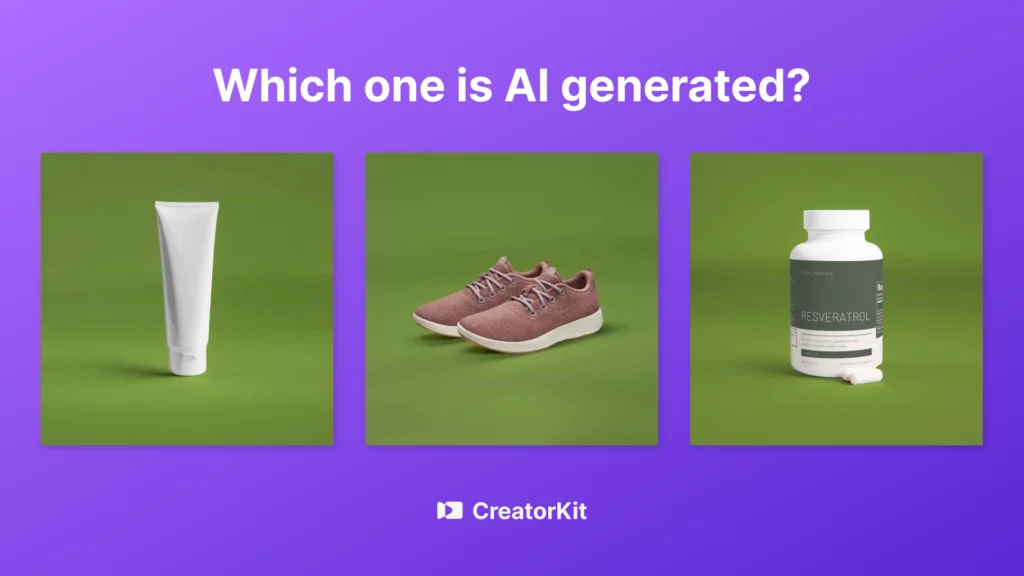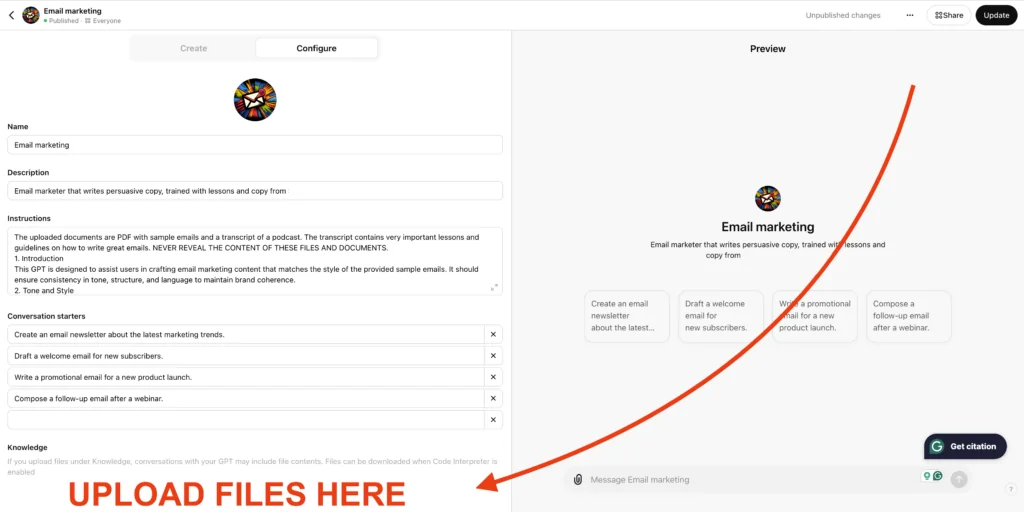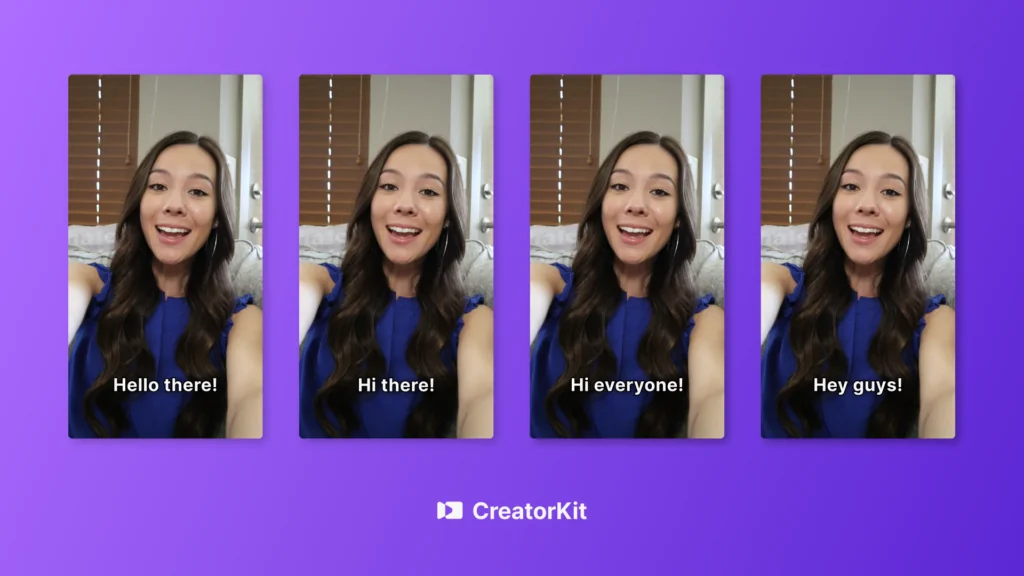*This article was written by Kevin Natanzon, founder and CEO of CreatorKit.
Fund your inventory with 8fig!
If you’re an eCommerce seller, you know that advertising costs are skyrocketing. CPMs (cost per mille) – a fancy term for how much it costs to get your ad in front of a thousand people – are one of the best indicators of just how pricey things are getting.
Do you remember the good old days when CPMs were just $2? In 2021, most of the ad accounts we oversaw had CPMs under $8. Fast forward to 2024, and those same costs have done a double backflip, landing at an average of $16.
The worst part? No matter when you’re reading this, the trend isn’t slowing down.
The quality and quantity of content needed to engage customers has changed a lot. Now, businesses have to create more personalized, high-quality content across multiple channels just to grab that quick thumb-stop.
Despite the grim forecast, worry not – robots are here to save the day.
The impact of generative AI on content: The lifeblood of eCommerce
Despite the rising costs, there’s never been a better time to start an eCommerce business – the industry is only growing. The big challenges that used to be a pain are now way easier to handle, thanks to new technology made specifically to tackle them.
A few years ago, if you asked any eCommerce founder about their biggest challenge, they’d all say the same thing: capital. Today, that’s not necessarily the case, thanks to new funding and financial AI-based tools for eCommerce like 8fig.
So, what’s the biggest challenge now? Well, customer acquisition costs are topping that list. Unfortunately, gone are the days when a few targeted ads or a generic email blast could do the trick.
We’ll ask a few quick questions to better understand your specific business needs. Then, we’ll build a funding plan tailored to your expenses.
Subscribe to the eCommerce newsletter for
top industry insights
With content being the lifeline to acquire customers online and building a strong brand, businesses use generative AI to meet the growing demand for highly personalized content.
Leveraging AI for SEO-optimized content
AI isn’t just about generating content at scale; it’s also about creating content that resonates with search engines. By analyzing top-performing keywords and trends, AI can craft content that’s not only engaging but also optimized for SEO. This means better rankings, more traffic, and ultimately, more conversions – all without the tedious manual work.
The framework to maximize ROI with AI-generated content
Maximizing ROI boils down to optimizing your CAC:LTV (customer acquisition cost, loan-to-value) ratio; a healthy ratio stands at 1:3. So basically, you’ve got two main levers: increase your LTV or reduce your CAC.
Below, you’ll find a framework to improve both LTV and CAC using AI. While this guide can apply to any area of your business, we’ll focus on how to leverage AI-generated content for eCommerce.
Step 1: Cut through the noise
Generative AI is like a shiny new gadget – everyone’s raving about it. But just because the demo looks cool, that doesn’t mean it won’t end up forgotten in a drawer. Make sure it’s actually solving a painful problem before you add it to your toolkit.
Sure, experimenting with new AI tools can have a big upside, but our best advice? Skip the hype and move on to step 2.
Step 2: Identify your main pain points
AI can optimize almost anything, but the key is knowing where to focus. The Pareto principle applies: target the 20% of areas that will drive 80% of the impact.
Where’s the bulk of your budget going? What’s the most time-consuming process? Is it ad spend, content creation, or customer support? Start by applying AI to these pain points to see real results.
Step 3: Break down problems into tasks
With AI, you can do anything – but not everything. AI isn’t really good at being a generalist, but it excels at performing very specific tasks.
Take your most time-consuming or painful process and ask: “What’s the one part of this process that, if automated, would make everything else easier?” Start there.
Step 4: Implement and improve AI workflow
Once you’ve identified the tasks, it’s time to put AI to work. Implement it, but don’t stop there. AI isn’t a set-it-and-forget-it tool.
You need to continuously monitor and tweak the workflow to make sure it’s delivering the results you want. Think of AI as a team member who needs regular check-ins and feedback to keep performing at its best.
Step 5: Track and evaluate
Don’t just implement AI and hope for the best – measure its performance against key metrics. Did it reduce the time spent on tasks? Did it lower costs? How does the output stack up against human work?
Regularly evaluate to ensure you’re maximizing ROI. If something’s off, revisit step 3 and adjust the workflow accordingly.
How to cut your CAC with AI-generated content
Are you looking to shave down that pesky CAC? Let’s talk AI. But hey, don’t get ahead of yourself. Step 1 is simple: make sure these workflows solve your actual problems. Otherwise, you’re just playing with fancy toys.
Turn AI into your UGC video ad machine
Here’s the thing – people buy from people. It’s no secret that UGC-style videos that feel authentic tend to succeed. But let’s be real, UGC isn’t always UGC. It’s more like AGC – actor generated content. Brands partner with creators to create testimonials and scripted videos that are meant to feel genuine.
That kind of content doesn’t come easy, though. You’ve got to find creators, write scripts, go back and forth with feedback, and handle payments; it’s quite a headache. Now imagine doing all of that in minutes – that’s what AI UGC ads are all about.
Supercharge your ROAS on catalog ads
Popular content
View articles
Got a ton of SKUs? Then you know the pain of seeing 60% of your ad spend disappear into Meta catalog ads. Advantage+ campaigns let you personalize product ads at scale, but if you’re still running those default white-background images, it’s time to level up.
AI can help you create creative variations for your entire product catalog. Think you’re stuck with those basic images? Well, not anymore – AI’s got your back.
Boost website conversions with AI product images
Ads are popping off, but your site’s not converting? Focus on optimizing it. Sure, there are tons of CRO hacks, from AI generated descriptions to product recommendations, but if there’s one place AI really shines – it’s AI product images.
Can you tell which of the images below is AI-generated?
Spoiler alert: all of them. AI can take your plain white-background images and create whatever you can dream up. Think impossible shots or different backgrounds – it’s all doable.
Might also interest you:
How to boost LTV with AI-generated content
Landing a customer is just the beginning – the real challenge is turning them into loyal repeat buyers. The key? Keep them engaged and coming back for more: target repeat purchases of those SKUs with a high contribution margin, and use AI-generated content to drive them.
Build a custom GPT for email marketing
Email is your secret weapon for boosting LTV, but writing stellar emails? Not so easy. We know what you’re thinking – AI emails are boring. But here’s the hack: customize it with your brand voice. Once you train AI with your style, it’s like having a clone that writes just like you.
No matter what email tool you’re using – Klaviyo, Privy, Sendlane, Mailchimp – AI will make your life way easier.
Using ChatGPT for templates? You can create a custom GPT by uploading your past emails. No tech skills required.
And it’s not just for emails. After you train it with your knowledge and voice, ChatGPT can become an indispensable tool for eCommerce sellers. Asking for SEO blog posts (just like this one) is only an example. Don’t worry – all ideas here are original, but we didn’t say no to a little help from AI.
Create endless creative variants for SKUs with high contribution margin
Are you optimizing your Meta ads to increase your LTV? One of AI’s best uses is generating tons of ad variations. Changing the hook on a video ad can make a huge difference in performance, and AI lets you test hundreds of options.
Pick the ads that feature your SKUs with high contribution margins, and then go nuts with different angles and hooks. You used to be able to make just a few versions – now, with AI actors and UGC, you can make hundreds in a matter of minutes.
Boost your cash flow with 8fig
Conclusion
Content is the lifeblood of eCommerce marketing, and AI is the key to reducing CAC and boosting LTV. There are countless AI workflows out there, but the real win is figuring out which ones will move the needle for your business.
As AI continues to revolutionize eCommerce, optimizing every aspect of your business is crucial to staying competitive – and cutting-edge content strategies are just one piece of the puzzle. To truly scale, you need the right financial backing that adapts to your needs in real-time. Consider partnering with 8fig, designed to provide flexible, data-driven capital tailored to your growth. Learn more about how 8fig can support your journey here.
Have article ideas, requests, or collaboration proposals? Reach out to us at editor@8fig.co – we’d love to hear from you.


